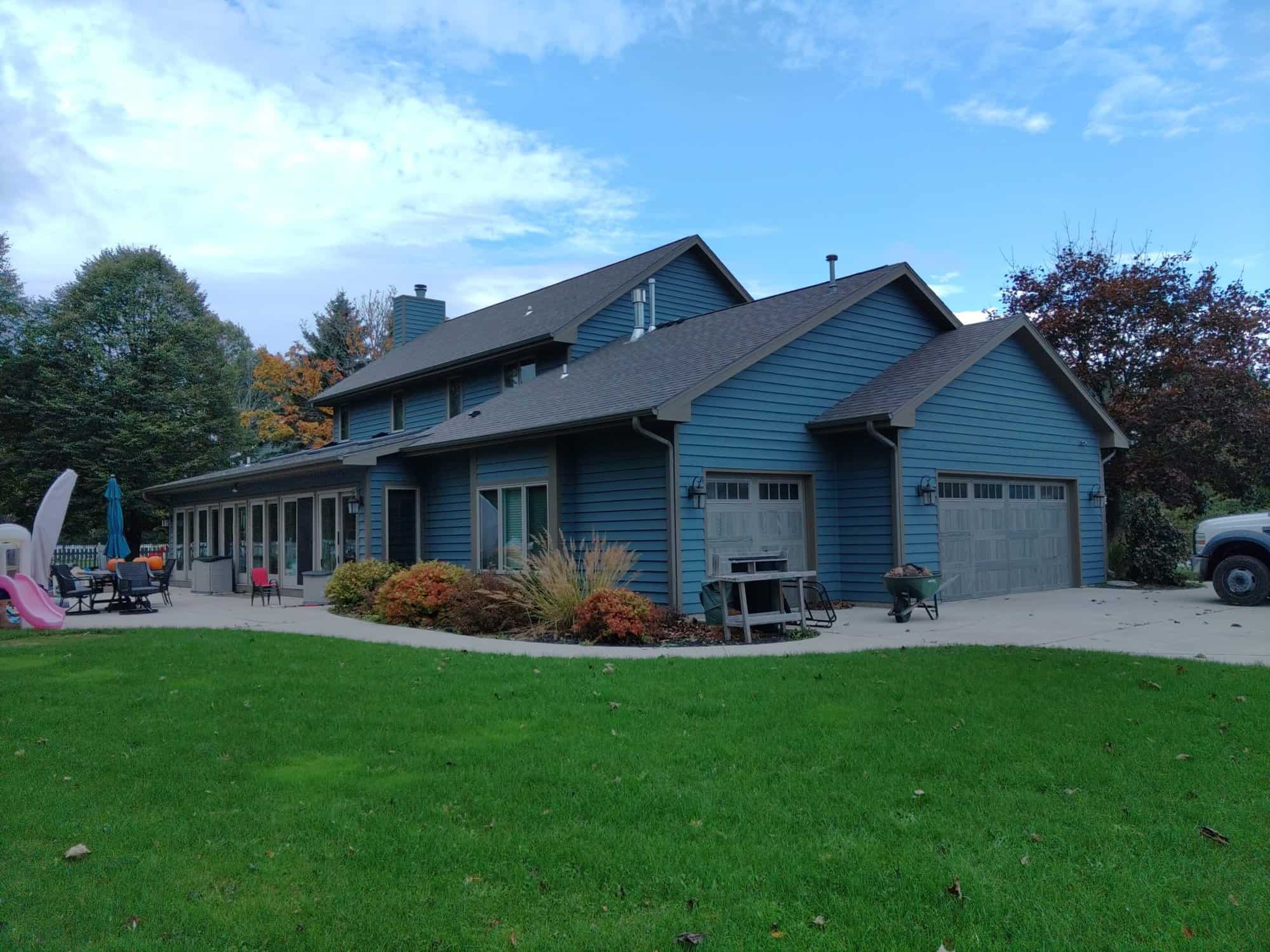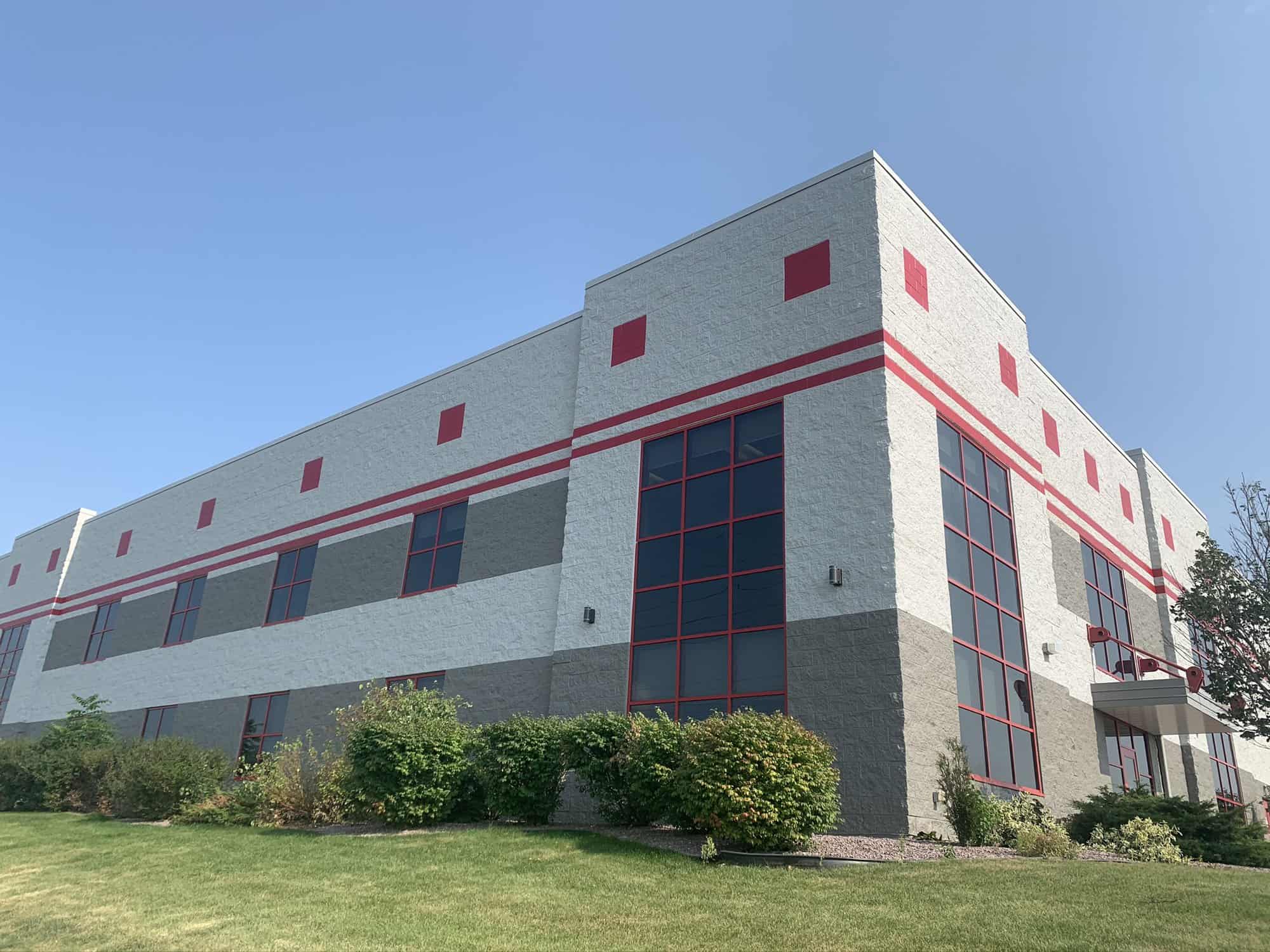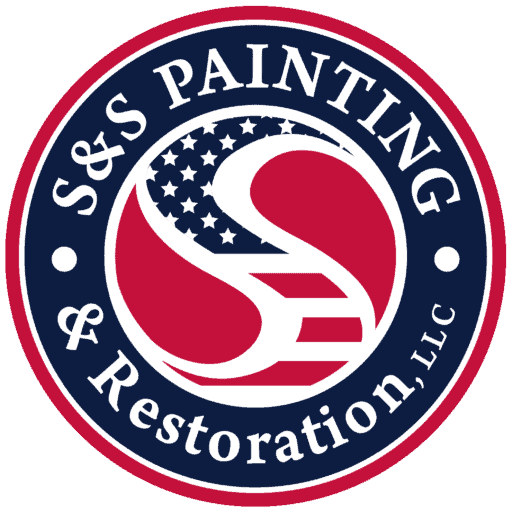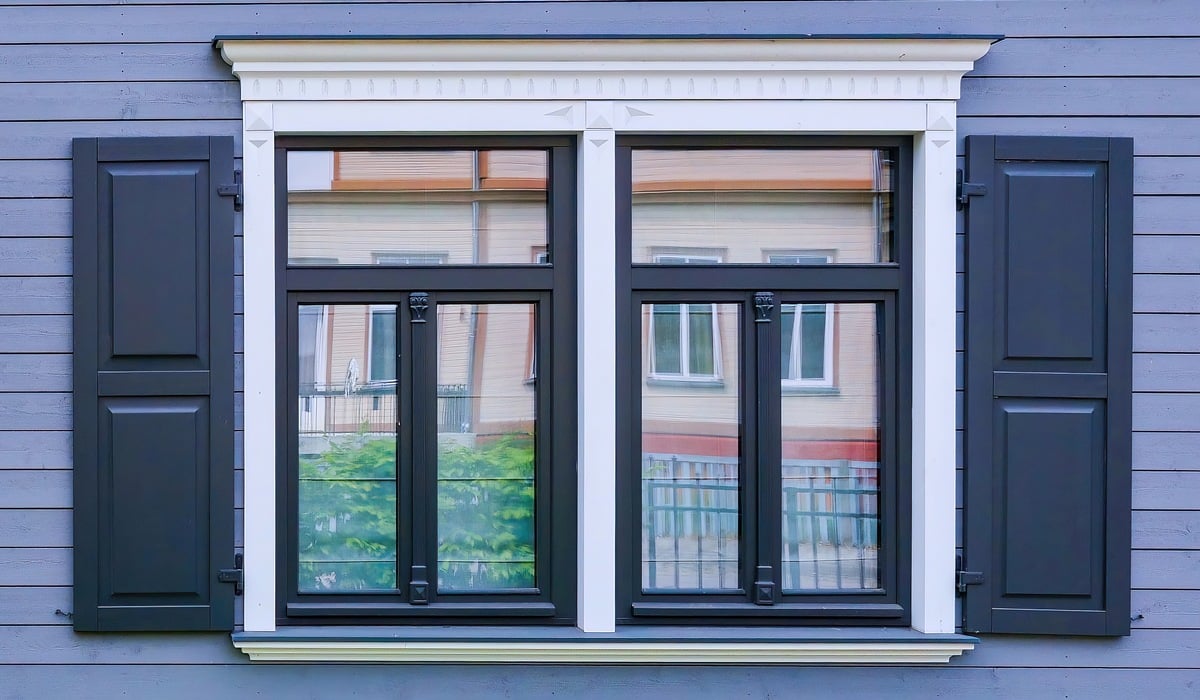If you’re thinking about your next exterior house painting project, you should know that one of the most overlooked yet impactful decisions is choosing the right paint finish. The choice you make can drastically affect not only the curb appeal of your home but also how well your paint holds up over time. In this guide, we’ll explore everything homeowners need to know about selecting the best paint finish for trims and shutters, from durability to style.
Key Takeaways:
- The paint finish you choose impacts both aesthetics and longevity.
- Gloss, semi-gloss, satin, and matte finishes each have distinct pros and cons.
- Your home’s architectural style and climate conditions should influence your choice.
- Quality prep work and the right paint type are as important as the finish itself.
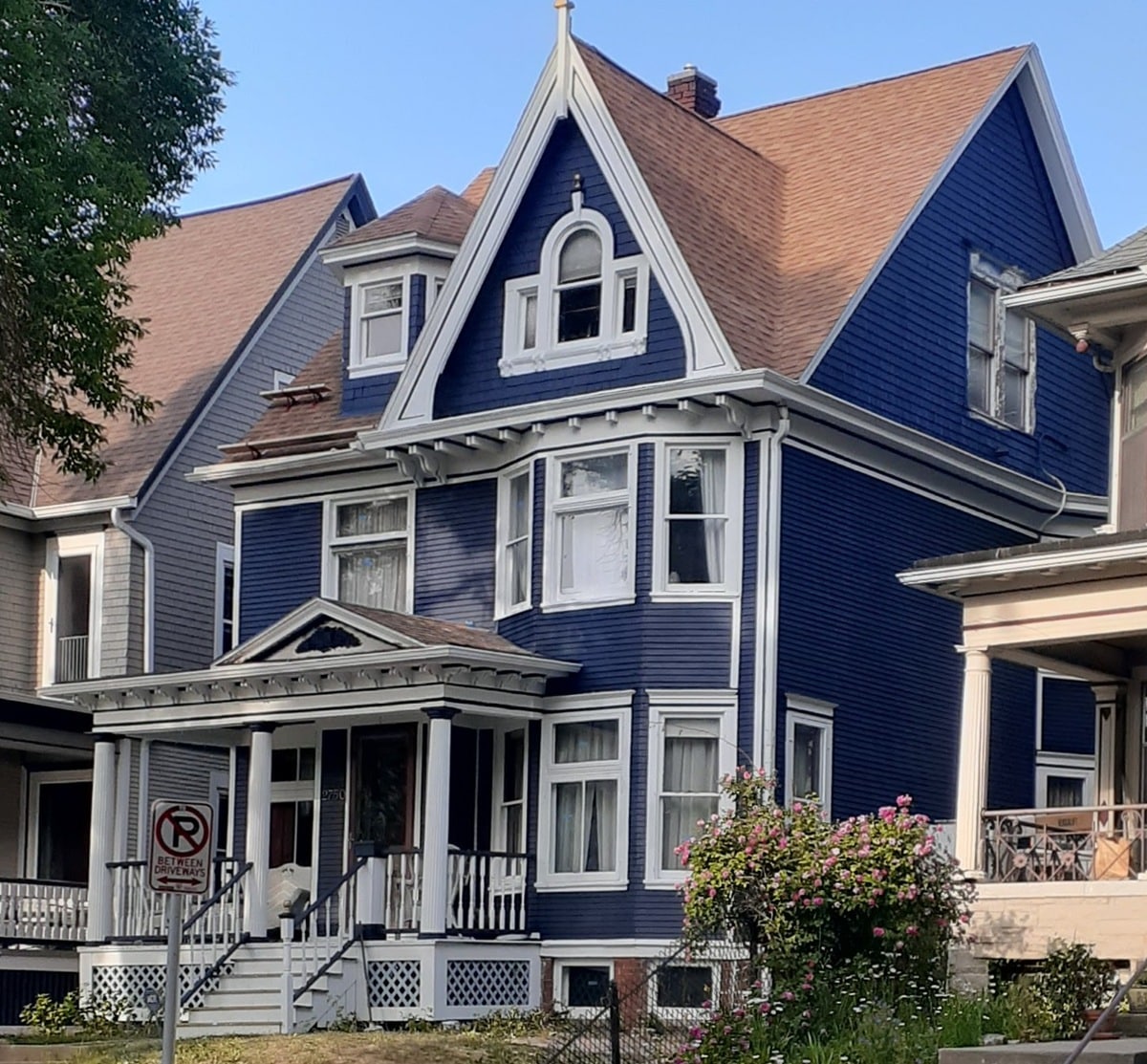
Why Your Paint Finish Could Make or Break Your Home’s Look
For trims and shutters, the paint finish is more than just a matter of shine. The right finish can resist weathering, highlight your home’s features, and make cleaning easier. The wrong choice can lead to premature fading, peeling, and a lot more maintenance.
Understanding the Different Paint Finishes
Choosing a paint finish can feel like picking the perfect outfit for your home—it has to look great and perform well in all kinds of weather. Let’s break down the options so you can make a confident choice.
Gloss Finish
Gloss finishes are the most reflective and durable option. They add a rich, shiny look that can make trim and shutters pop. Because of their smooth surface, they’re easy to clean and resist moisture well. However, they can highlight surface imperfections.
Best for: Modern or traditional homes with high architectural detail.
Semi-Gloss Finish
Semi-gloss offers a balance between shine and subtlety. It’s durable, moisture-resistant, and great for high-traffic or exposed areas. This is often the go-to choice for homeowners seeking long-lasting appeal without excessive shine.
Best for: Most home styles; a safe, versatile choice.
Satin Finish
Satin finishes provide a soft sheen that works beautifully for trims and shutters in good condition. They resist mildew and dirt fairly well but are a bit harder to touch up.
Best for: Craftsman-style or contemporary homes.
Matte or Flat Finish
Flat finishes are rarely recommended for exterior trims and shutters because they absorb moisture and show dirt more easily. They can work in shaded or decorative areas that are not exposed to harsh elements.
Best for: Decorative trims in low-traffic areas.
Factors to Consider When Choosing a Finish
Before settling on a paint finish, it helps to look beyond just personal taste. Factors like your local weather, your home’s architecture, and how much upkeep you’re willing to do all play a role in making the smartest choice.
- Climate: Humid, rainy, or coastal areas require finishes that resist moisture, mildew, and salt damage. In these environments, look for high-quality exterior paints formulated for wet conditions to ensure the color and finish last longer.
- Sun Exposure: High UV exposure can fade some finishes faster, especially darker colors. Opt for UV-resistant paints or lighter shades to reduce fading over time and maintain curb appeal.
- Architectural Style: Choose a finish that complements the design elements of your home, enhancing its character. For example, glossy trims can highlight ornate details, while satin finishes can soften modern lines.
- Maintenance Preferences: Gloss and semi-gloss are easier to clean than flat finishes, making them ideal if you want low-effort upkeep. Flat finishes, while more forgiving of surface flaws, may require more frequent repainting and cleaning.
Matching Paint Finishes to Home Styles
The style of your home plays a huge role in how a paint finish will look and feel. By matching the sheen to the character of your architecture, you can enhance curb appeal and create a cohesive, intentional design.
- Colonial & Victorian Homes: High-gloss or semi-gloss for trim to highlight intricate woodwork, window frames, and decorative moldings. These sheens bring out the depth of architectural details and can make historic homes look freshly restored.
- Modern Homes: Satin or semi-gloss for a sleek, understated look that complements clean lines and minimalist design. Satin softens bold colors, while semi-gloss adds a crisp edge to neutral tones.
- Farmhouse Style: Satin for a softer, more natural appeal that works well with rustic materials like wood and stone. This finish gives a welcoming, lived-in feel while still offering enough durability for the outdoors.

Common Mistakes to Avoid
Even seasoned DIY painters can make errors that shorten the life of their trim and shutter paint jobs. Knowing the most common pitfalls can save you time, money, and frustration.
- Using Flat Paint on Trim: Flat paint might look smooth at first, but it wears down quickly when exposed to the elements. It’s prone to absorbing moisture, showing dirt, and requiring frequent repainting, which means more time and money spent on upkeep.
- Ignoring Prep Work: Skipping sanding, cleaning, or priming leaves imperfections that no finish can hide. Poor prep can lead to bubbling, peeling, and reduced adhesion, dramatically shortening the lifespan of your paint job.
- Mixing Incompatible Paint Types: Using a primer and topcoat that don’t work well together can cause peeling, cracking, or uneven coverage. Always read product labels and follow manufacturer guidelines to ensure your paint layers bond properly.
Expert Tips for a Long-Lasting Finish
Want your trim and shutters to look freshly painted for years, not months? These tried-and-true strategies from pros will help you get a finish that’s both beautiful and durable.
- Prep Thoroughly: Sand, clean, and prime before applying your finish to create a smooth, receptive surface. Proper preparation ensures the paint bonds well, reduces the risk of peeling, and extends the life of the finish.
- Use Quality Paint: Cheap paint often fades or chips faster, especially in harsh weather. Invest in a high-quality exterior paint with UV protection and mildew resistance for longer-lasting results.
- Apply Two Coats: A single coat can leave uneven coverage and weak protection. Applying two coats not only deepens the color but also adds an extra layer of defense against moisture and sunlight.
- Check the Weather: Avoid painting in extreme heat, cold, or high humidity, as these conditions can affect drying time and adhesion. Aim for mild, dry weather to achieve a flawless, durable finish.
How to Test Before You Commit
Buy small sample cans in different finishes and paint test areas on your trim or shutters. Apply the samples to sections that get varying amounts of sun and shade, and make sure to test on both smooth and textured surfaces if you have them. View them in different lighting conditions over a few days, and pay attention not only to the color and sheen but also to how well they resist dirt, moisture, and fading.
The Bottom Line
Choosing the best paint finish for trims and shutters is an investment in your home’s beauty and durability. With the right choice, you’ll enjoy a fresh, polished look that stands up to the elements.
If you’re ready to upgrade your home’s curb appeal, the experts at S&S Painting & Restoration can help you select and apply the perfect finish. Call us today at 920-332-5772 to get started.

